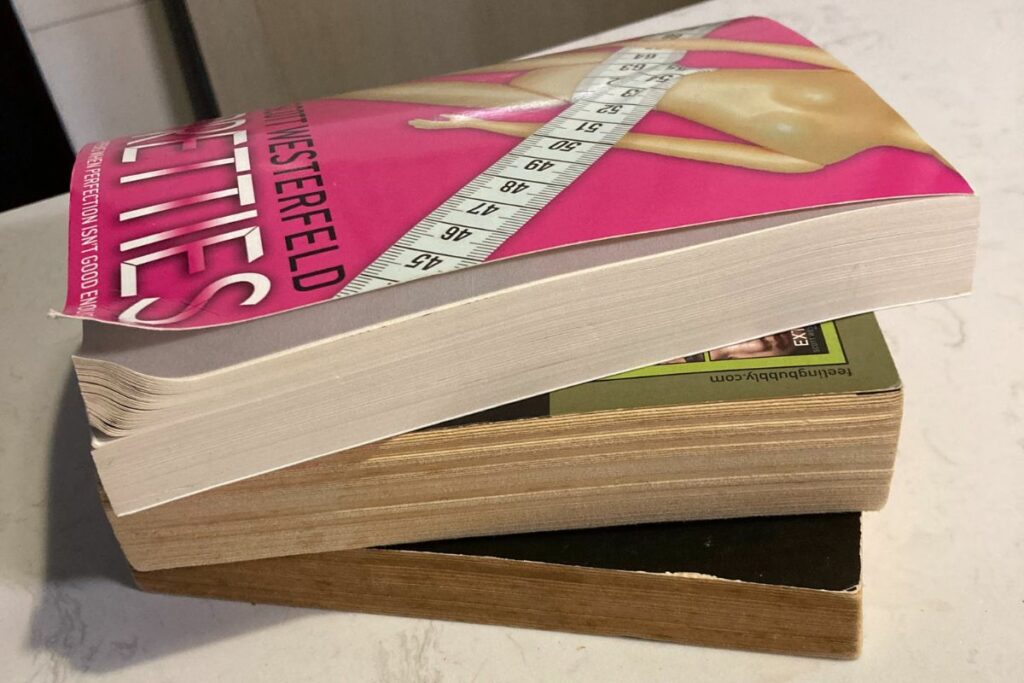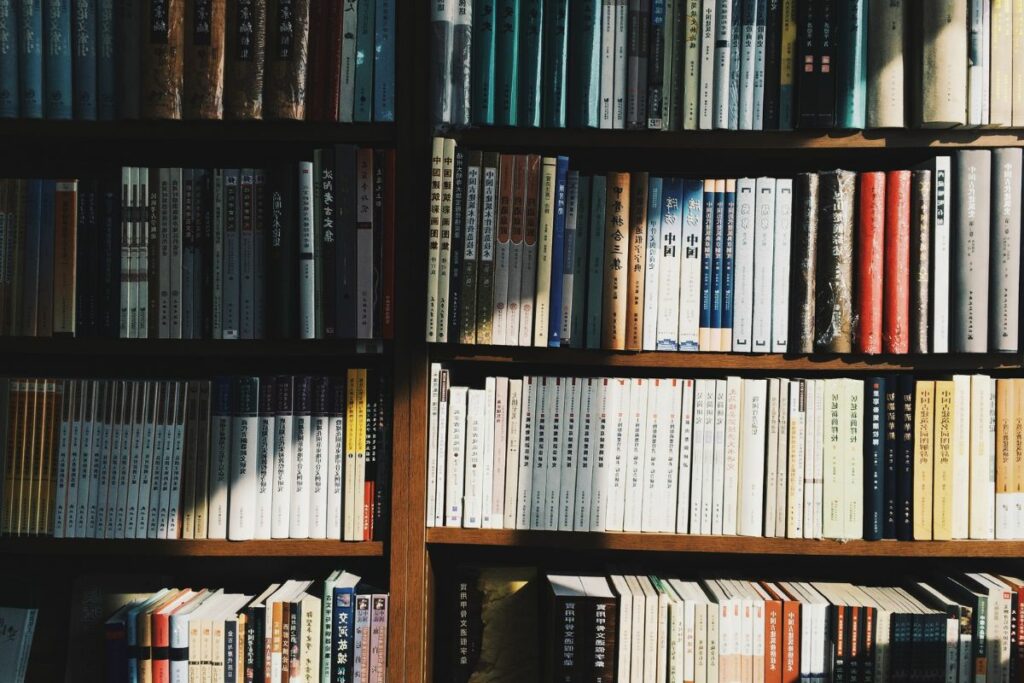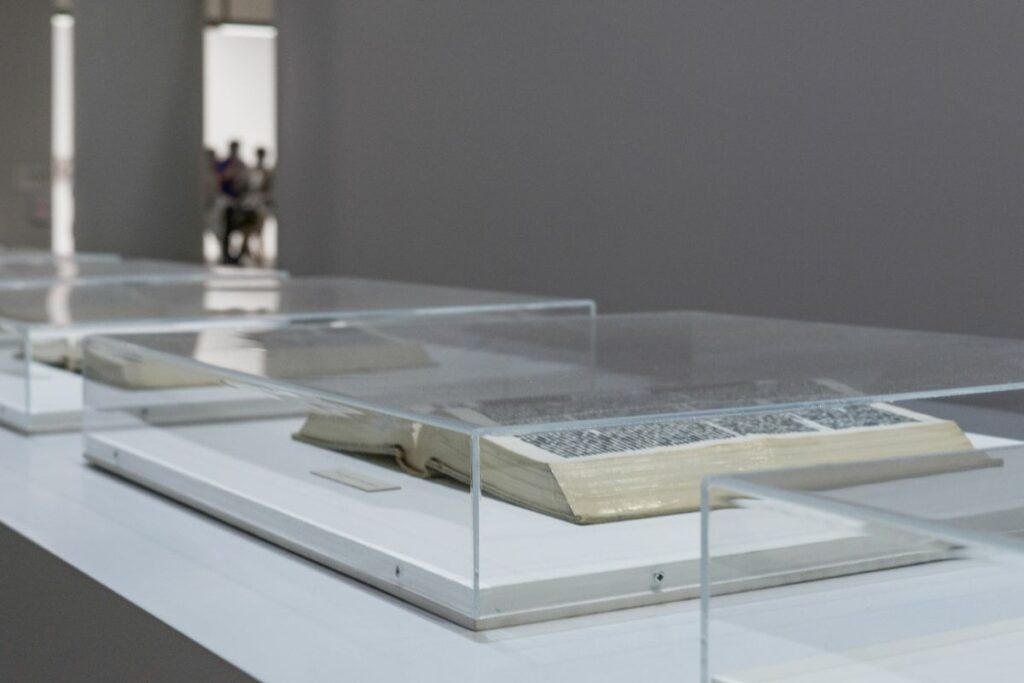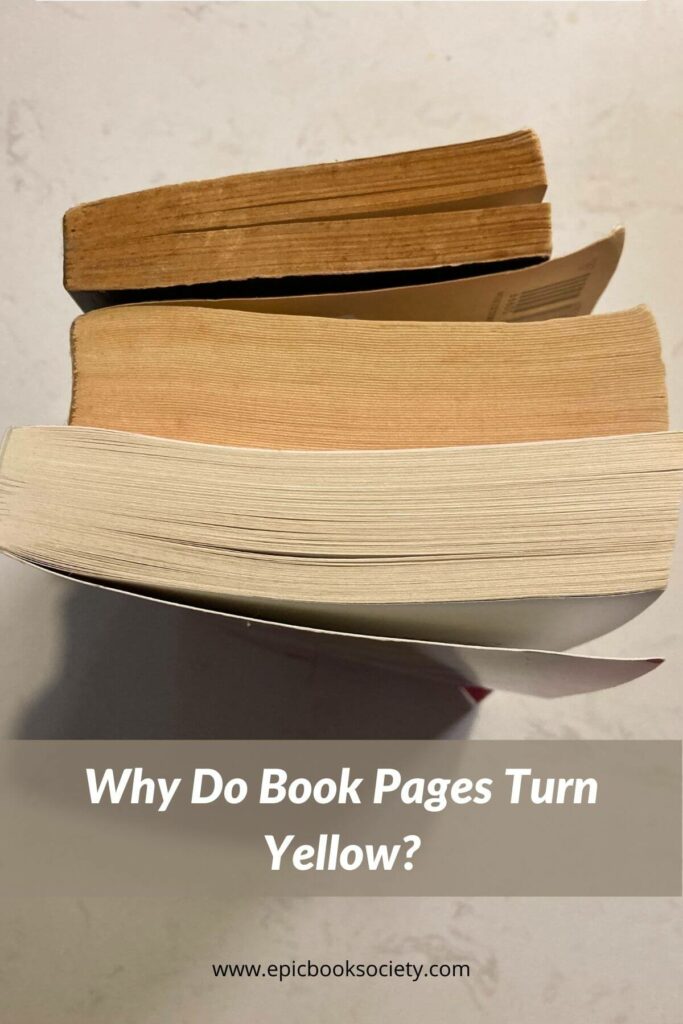Last Updated on August 18, 2023 by Louisa
If you’re a book lover, you may have noticed that over time, book pages can turn yellow, which can be frustrating if you value clean, crisp pages.
While it may be tempting to blame the phenomenon on old age or weather damage, the yellowing process is actually much more complicated than that.
In this guide, I’ve explained the reasons behind why book pages discolor over time and also share some ways in which you can slow down the process.
Why Do Pages Turn Yellow?
There are many reasons why paper turns yellow. Contrary to popular belief, it doesn’t have anything to do with the bookbinding or the type of ink used.
But this is just an urban myth. The real reason for the yellowing of pages are highlighted below…

1. Lignin in the paper
But it’s actually the paper that is most responsible for the discoloration.
Most paper is made from wood pulp, meaning it naturally contains cellulose and a natural substance called lignin.
Lignin is what gives plants their rigidity, but it’s also highly acidic and prone to yellowing as it breaks down over time.
Cellulose is excellent at reflecting light, which is why new paper is often a startling white color.
2. Sunlight

Another cause of yellowing is sunlight, which can also accelerate the yellowing process.
UV light from the sun can speed up the breakdown of lignin, leading to more rapid yellowing.
This is why books exposed to sunlight, especially those with light-colored covers, can begin to turn yellow much faster.
3. Humidity and Temperature
Humidity and temperature levels can also contribute to the yellowing of book pages.
High humidity can cause the paper to absorb moisture, which can accelerate the breakdown of lignin.
Extreme temperatures can also expedite the yellowing process.
Over time, fluctuations in temperature and humidity can cause the paper to expand and contract, which can lead to stress on the pages and cause them to yellow.
4. Oxygen

Oxidation is a big reason for your books turning yellow or brown. Oxygen feeds the lignin and speeds up its effects.
This is why you often see rare books in museums in specially designed glass containers, where the oxygen has been removed and thus preserving its contents.
How To Prevent Your Pages From Going Yellow
Until recent times, humanity wasn’t aware of what caused the yellowing of pages, so it’s easy to see why old books are almost always yellowed.
However, now we know the causes, it’s easier to figure out ways to keep newer books looking fresh and bright.
Store books in an oxygen-free environment. If you have antique books, or you want to preserve books for as long as humanly possible, this is the only way to indefinitely stop the yellowing.
Read more: Here are some tips for storing antique books

You can slow down the yellowing process by storing books in a cool, dry, and dark area.
Make sure that your books avoid direct sunlight and keep books out of excessively humid or hot environments.
Keep books off the ground to prevent moisture from transferring to the pages.
Wash your hands before handling books to prevent oils and dirt from staining the pages.
FAQs About Why Pages Turn Yellow
Can you remove yellowing from book pages?
The only way to remove the yellow color is to take each page apart and carefully bleach the pages using a special type of bleach. This will likely remove all the text and images. At present, there is no other way to remove the yellowing effect.
Can you reverse the yellowing of paper?
No, once the pages have turned yellow, there is no going back. Your only option is to put steps in place to slow down any more yellowing.
Does all paper yellow over time?
Most paper options yellow over time, but there have been some acid free papers produced that are said to last 1,000 years before turning yellow. These are more commonly used by artists. 100% rag, acid-free paper, or archival paper, is supposed to yellow slower.
The yellowing of book pages is a natural process.
There are various factors that contribute to the overall yellowing effect, but storing your books properly and handling them with care can help prevent discoloration.
Taking these preventive measures can help to keep your book collection looking clean and bright for years to come.
Like this post? Don’t forget to save it on Pinterest.


